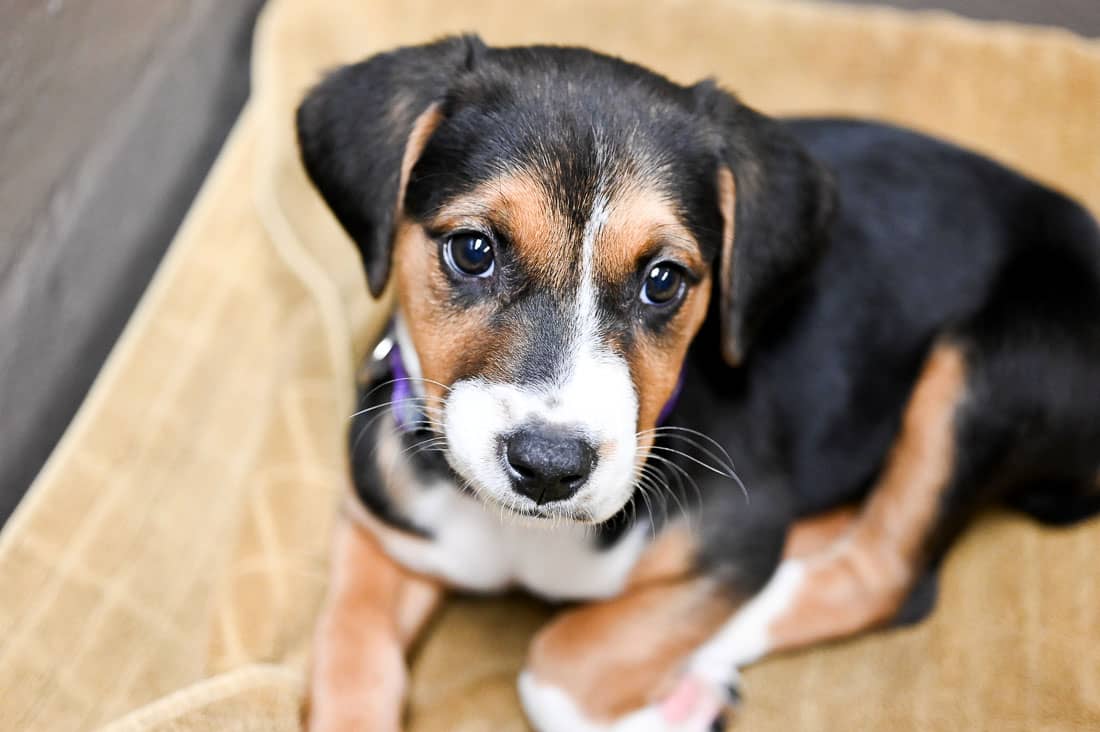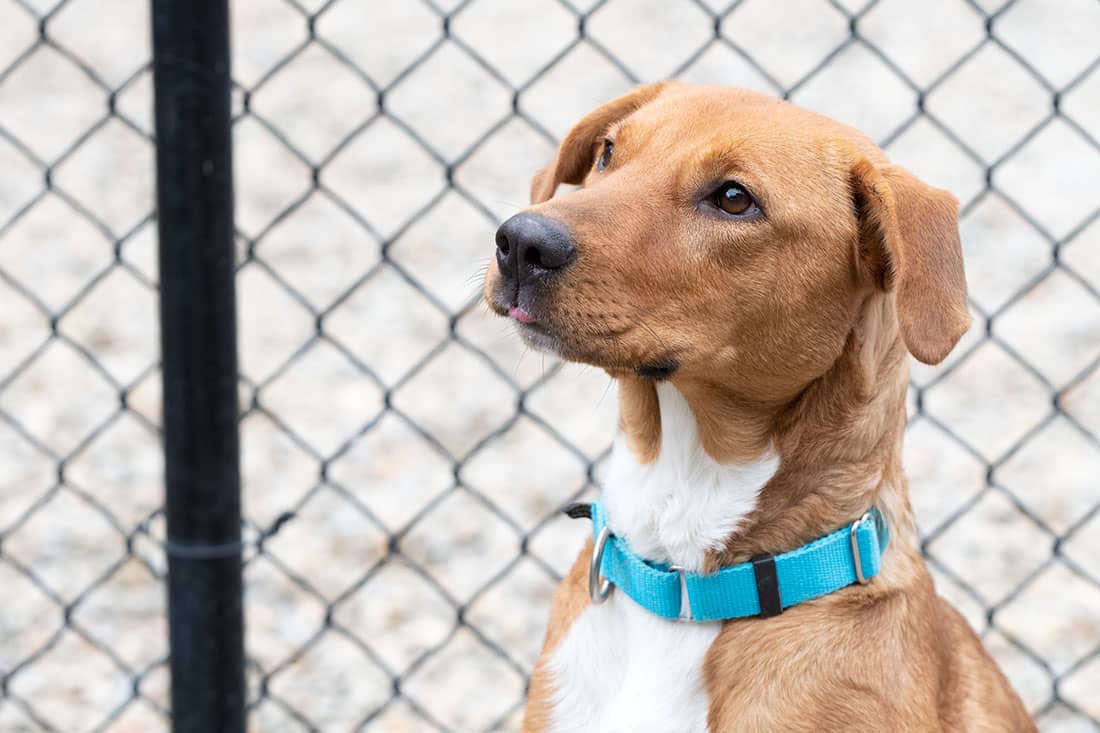Fun Activities to Boost Your Dog Training Experience
Fun Activities to Boost Your Dog Training Experience
Blog Article
Important Tips for Successful Dog Training: A Guide for Family Pet Owners
Reliable pet dog training is a complex procedure that needs a strategic approach customized to both the animal's temperament and the proprietor's objectives. Comprehending how to browse these obstacles can considerably boost the training experience, inevitably transforming the connection in between proprietor and dog.
Understanding Canine Actions
Understanding canine habits is essential for efficient training and promoting an unified relationship between canines and their owners. dog training. Pet dogs connect mostly through body language, vocalizations, and actions, making it essential for proprietors to analyze these signals properly.

Socializing plays a substantial duty in pet actions; direct exposure to different atmospheres, people, and other animals can dramatically impact a dog's temperament. Furthermore, factors such as type qualities and individual personality need to assist training techniques, as some types may have particular behavioral attributes that demand tailored techniques. By comprehending these aspects, owners can create an encouraging environment that motivates positive actions, resulting in successful training outcomes and a deeper bond with their family pets.
Establishing Regular Commands
Efficient communication with your canine starts with establishing regular commands. This foundational aspect of training is vital for promoting understanding in between you and your animal. Uniformity in the commands you use makes sure that your pet can dependably link particular words or expressions with the preferred behaviors.
When choosing commands, pick clear, unique words that are very easy to claim and separate from each other. Avoid utilizing similar-sounding commands that may perplex your dog. Making use of "rest" and "stay" is suitable, however "sit" and "struck" could lead to misunderstandings.
In addition, keep the same tone and quantity for each command. Canines are delicate to singing signs, so differing your tone can create confusion.
It is similarly essential to ensure that all family participants are on the exact same web page relating to the commands utilized. A united front in command usage will prevent mixed signals and enhance the understanding procedure.
Positive Reinforcement Methods
The power of positive reinforcement in pet training depends on its ability to motivate desired actions with rewards and appreciation. This method is grounded in the principle that actions complied with by beneficial end results are more probable to be repeated. By including favorable reinforcement right into your training program, you can efficiently form your canine's actions in a useful manner.
To implement favorable reinforcement, it's essential to recognize what motivates your pet, whether it be deals with, playthings, or verbal appreciation. When your canine performs a wanted action, such as resting on command, instantly award them with a treat or love. This organization between the command and the favorable outcome enhances their understanding.
It's crucial to timing the rewards properly; supplying the reinforcement within secs of the desired habits aids your canine view make the link (dog training). Additionally, uniformity is key-- make sure that all relative utilize the very same commands and benefit systems to stay clear of complication
:max_bytes(150000):strip_icc()/a-dog-trainer-giving-a-hand-command-to-black-labrador-dog--1153579373-cb14c8fb30724468a702c972910c6f2a.jpg)
Slowly, you can lower the frequency of treats as your pet dog finds Check This Out out the actions, transitioning to commend or periodic rewards. This approach not just cultivates a solid bond in between you and your dog however also promotes a positive understanding environment, making training an enjoyable experience for both.
Socialization and Communication
Continually exposing your canine to a range of settings, people, and other animals is vital for their social growth. Socializing must start early, preferably throughout the crucial window of 3 to 14 weeks, when puppies are most responsive to brand-new experiences. Older pet dogs can likewise benefit from continuous socialization initiatives.
Introduce your dog to different setups, such as parks, pet-friendly shops, and urban areas. This exposure helps them adjust to numerous stimulations, lowering anxiety and fear responses. Urge favorable communications with other canines and people, ensuring that these experiences are secure and controlled to promote confidence.
Use structured playdates with well-mannered canines, as this can enhance your pet dog's social skills and educate them ideal actions. Obedience classes and training sessions additionally supply excellent possibilities for socializing, permitting your canine to connect with others in a supervised setting.
Screen your dog's body movement throughout communications, as this will aid you evaluate their convenience degree. Gradually raise direct exposure to even more difficult situations while making certain that each experience declares. A well-socialized pet is most likely to exhibit balanced actions, making them a delight to have in any kind of setting.
Resolving Common Training Difficulties
Every dog owner will certainly run into training difficulties at some factor, despite their pet dog's age or socializing degree. Identifying common concerns such as stubbornness, interruptions, and terror can aid i was reading this in developing efficient approaches for enhancement.

Disturbances during training sessions can hinder focus. To fight this, begin training in a peaceful setting with marginal stimulations. Gradually introduce distractions as the canine ends up being much more skilled in commands. Short, regular training sessions are additionally effective in preserving interest.
Terror can impede a pet dog's discovering process. Steady desensitization to the source of fear, coupled with positive support, can assist minimize stress and anxiety. Persistence is important; never force a pet right into a circumstance that causes distress, as this might aggravate the problem.
Eventually, understanding and dealing with these typical difficulties with a structured approach will certainly foster a more effective training experience, reinforcing the bond in between canine and owner while advertising effective understanding.
Conclusion
In recap, effective dog training counts on a detailed understanding of canine behavior, the facility of consistent commands, and the application of positive support techniques. Socializing plays an important duty in establishing well-adjusted pet dogs, while attending to common training difficulties requires persistence and adaptability. By implementing these essential methods, pet proprietors can foster a strong bond with their pets and advertise desirable habits, inevitably resulting in an unified relationship between humans and their canine friends.
Understanding pet dog actions is vital for reliable training and cultivating an unified partnership between pooches and their proprietors.Socialization plays a substantial role in dog behavior; direct exposure to numerous atmospheres, individuals, and various other animals can considerably influence a dog's character.The power of favorable support in dog training lies in its capacity to encourage preferred habits via incentives and praise. By incorporating positive support right into your training regimen, you can efficiently shape your pet dog's habits in a positive fashion.
In recap, effective dog training relies on a comprehensive understanding of canine behavior, the establishment of constant commands, and the application of positive reinforcement techniques.
Report this page